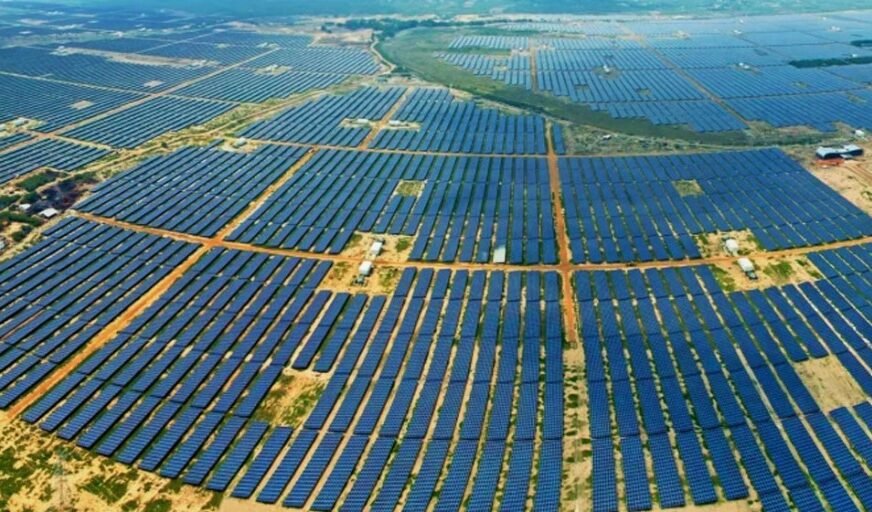On Monday, heavy rains once again caused severe waterlogging in Cyber City Gurgaon, which is located near Delhi. The entire city was submerged in water, leading to massive traffic jams on the roads. Vehicles were moving at a snail’s pace, and a 10-kilometer-long traffic jam was reported on the Delhi-Jaipur highway near Narasinghpur due to waterlogging.
A Look Back at 2016
On July 28, 2016, Gurgaon faced a similar situation. Many people left their offices in the evening but couldn’t reach home until after midnight. Their cars were stuck in traffic, and those using public transport were stranded on the way. Children, the elderly, pregnant women, and young people were forced to go without food and water for hours. That day, Gurgaon received 55 mm of rain, and the roads turned into rivers due to waterlogging.
Current Situation
On Monday, August 12, Gurgaon faced similar chaos due to heavy rain. Waterlogging caused long traffic jams, and vehicles were crawling on the roads. The Delhi-Jaipur highway saw a 10-kilometer-long jam due to waterlogging at Narasinghpur. Many cars got stuck while trying to pass through the service lanes. Water even entered several houses and the Sadar police station. Meanwhile, the India Meteorological Department (IMD) issued a yellow alert for more rain in Gurgaon until August 13. This monsoon season, Gurgaon has already received 596 mm of rain in just 39 days.
The Technical Perspective
According to the Central Water Commission, Gurgaon is not technically in a flood or waterlogging zone. However, every year during the monsoon, the city’s roads are flooded, leading to hours of traffic jams. The Times of India explored Gurgaon’s topography and infrastructure to understand why the city faces such issues every rainy season.
Investment and Delays
Since the massive traffic jam in 2016, crores of rupees have been spent on drainage, sewerage, underpasses, flyovers, and other infrastructure in Millennium City Gurgaon. However, the city still faces severe waterlogging during every monsoon. The construction of the Badshahpur Drain, a 26-kilometer-long drainage system, began in 2010 with an approved budget of about ₹294 crores, which later increased to ₹400 crores. Shockingly, 13 years later, the work on the drainage system is still incomplete, with about 3 kilometers of the drain yet to be constructed.
Topographical Issues
Gurgaon is surrounded by the Aravalli hills, and water from these hills flows down into the city, accumulating in low-lying areas like Gwal Pahari in the east. The elevation difference between the highest and lowest points in Gurgaon is just 90 meters, which is less than the height of a tall building. This minimal difference in elevation contributes to the city’s waterlogging problems.
Disappearing Ponds and Encroachments
Gurgaon had several ponds and bunds (embankments) to control water flow, but urbanization has led to the disappearance of many ponds and the encroachment of bunds. For example, the Ghata bund, once spread over 370 acres, has now shrunk to just 2 acres. As a result, there is no mechanism to stop the water flow from the Aravalli hills, leading to water accumulation in the city during rains.
Urbanization and Concrete Jungle
The topography plays a 30% role in the waterlogging issue, but the primary cause is rapid urbanization and concretization. According to Gurgaon’s master plan for 2031, about 60% of the city’s area will be covered in concrete. The city already has limited green cover, with only 5 square meters of green space per person. Additionally, only 20% of rainwater is absorbed into the ground, while 80% flows into drains, putting extra pressure on the drainage system.
Poor Drainage Infrastructure
Gurgaon’s drainage system is also inadequate. The city has only 7 main drains, with some connecting directly to the Najafgarh drain and others to the Badshahpur drain. The capacity of these drains is not sufficient to handle the heavy rainfall, leading to overflows and waterlogging in various areas.
Government Efforts
The state government has made rainwater harvesting mandatory for residential, commercial, and institutional buildings to reduce waterlogging. However, many people just dig small pits to get the required certificate without ensuring the rainwater harvesting system is functional.
The Challenge Ahead
Dealing with waterlogging in Gurgaon remains a significant challenge for the National Highways Authority of India (NHAI), Gurgaon Metropolitan Development Authority (GMDA), Municipal Corporation of Gurgaon (MCG), and district administration. The situation worsens with each passing year as urbanization continues without adequate infrastructure planning.










